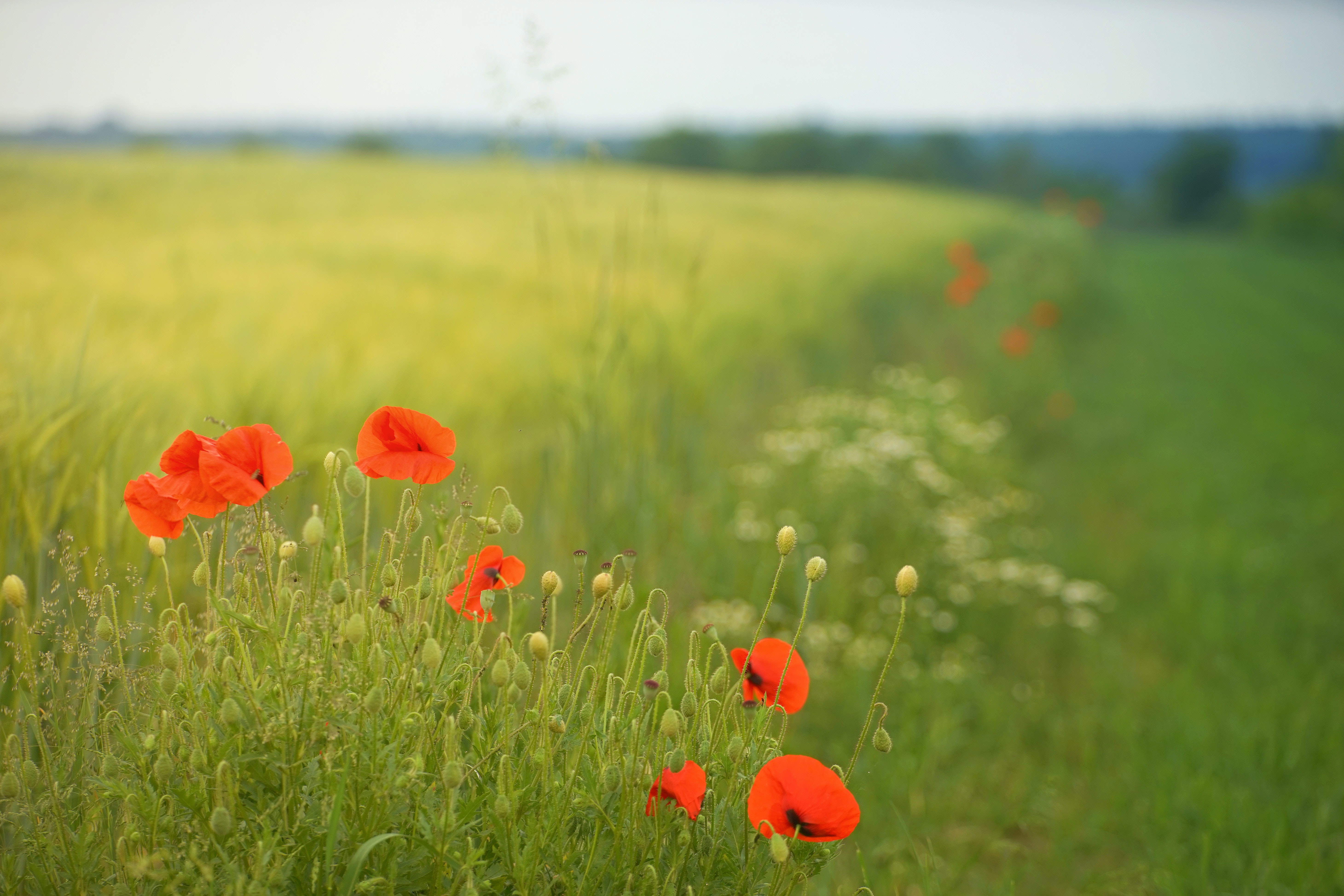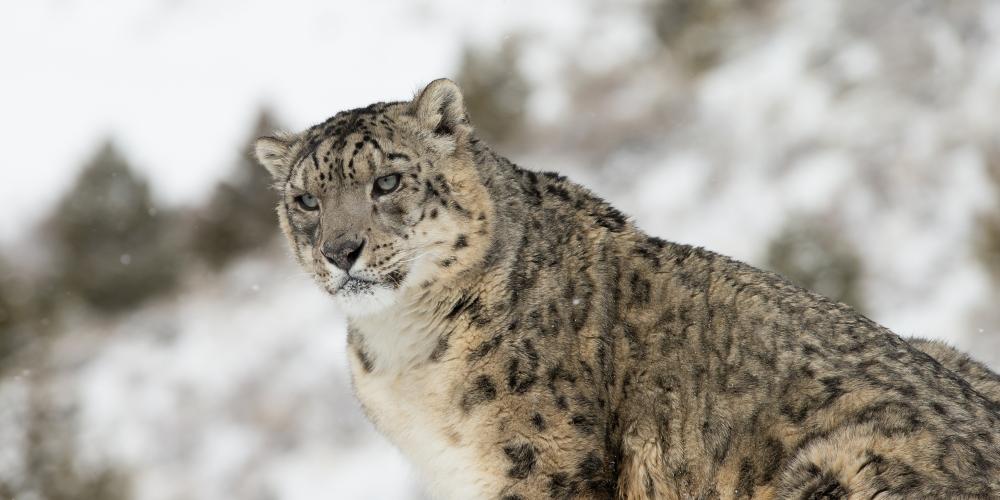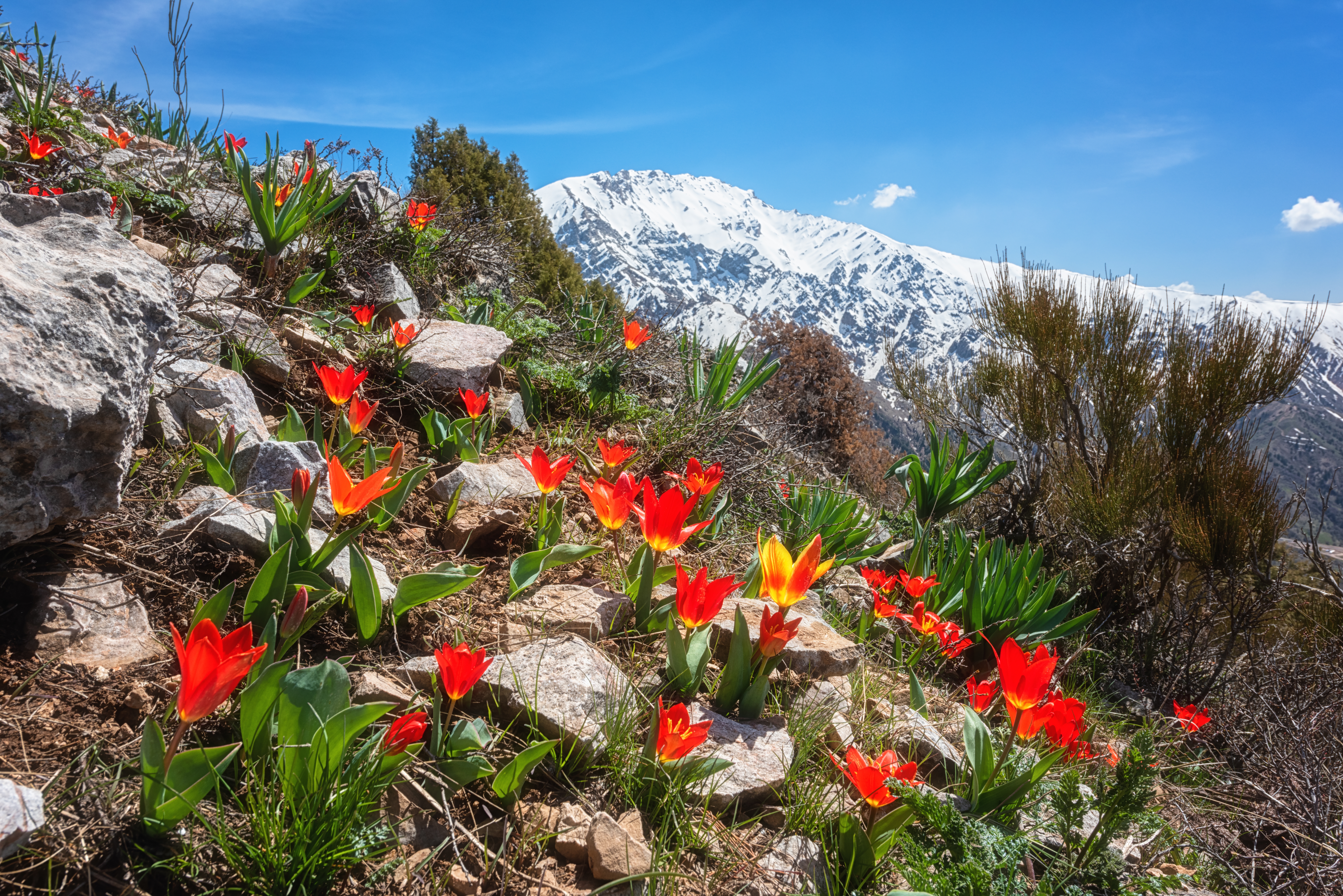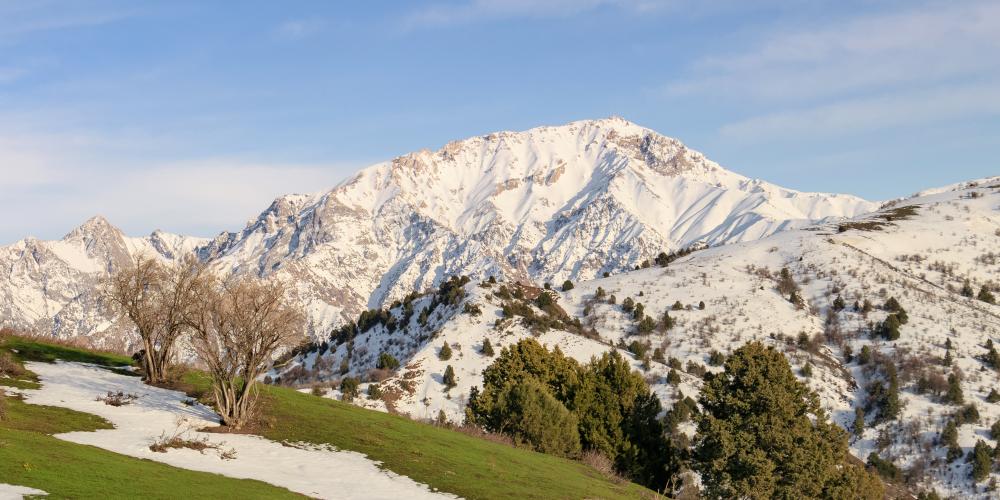Western Tien-Shan Uzbekistan

The Western Tien-Shan mountain range is a place of serenity, far from Uzbekistan's urban centres. The pristine alpine landscapes transition from white to green with the seasons and offer endangered species sanctuary in isolation. The terrain is rugged, and the conditions can be harsh. Still, humans have braved the natural elements to visit these mountains for millennia. The crystalline rocks hold stories of centuries past. They remain of cultural significance as, over time, the Western Tien-Shan mountain ranges saw traders, nomads, and ancient settlers build a haven in the foothills of these mystical mountains.

The Western Tien-Shan World Heritage Site consists of a series of natural areas spread across the mountain range in Kyrgyzstan, Kazakhstan, and Uzbekistan. In Uzbekistan, the designated areas are two sections of the Chatkal State Biosphere Nature Reserve, known as the western Boshkizilsoy Area and the eastern Maidontol Area. These reserves cover a range in altitude from 1100 to 4000 metres. The mountain range creates varied landscapes that foster rich biodiversity — the impervious peaks of winter thaw into river valleys where spring blossoms form exquisite beauty.

There are 1300 unique plants within the Chatkal State Biosphere Nature Reserve and vegetation thrives in 47,945 hectares of untouched wilderness. Idyllic riverflows produce trees of wild fruit, wild tulip, and nut species. Throughout the Western Tien-Shan ranges are open spaces of willows, junipers, cherry, walnuts, and wild apples. Early human inhabitants cultivated the verdant slopes and fertile valleys. Seasonal harvests can still produce wild rosehip, blackcurrant, pistachio, honeysuckle, hawthorn, and cotoneaster.

Other endemic species in this World Heritage Site include four kinds of fish, 11 types of reptiles, and 176 species of birds. The Red Data Book highlights mammals, including the endangered snow leopard, Menzbier's marmot, and three-coloured myotis. Visitors can find time to birdwatch and participate in ecotourism within the mosaic landscape. Birding enthusiasts can view the black stork, the Eastern imperial eagle, the Saker falcon, the Eurasian eagle-owl, and the Egyptian vulture. Keep a keen eye out for Turkestan lynx, wolves, Siberian mountains goats, Himalayan Brown Bear, and Central Asian otters.
Understanding complex human heritage
The Chatkal National Park protects petroglyphs from ancient cultures and reconnects to the nomadic Uzbekistan people. In the southern part of Maidontol, on the rocks near the coast are the Tereksai petroglyphs, which date back to 1000-2000 BC and provide invaluable insights into the nomadic human past of Central Asia. The ancient art with images of wild mountain goats, horses, and dogs populate the picturesque mountain landscape.
Silk Road traders and caravans exchanged goods, culture, and commerce throughout this UNESCO World Heritage Site. Although these mountain peaks were challenging to traverse, they still played an important role. The Chatkal Biosphere Reserve was a significant contributor to the origins of cultivated fruits that then spread worldwide. The Western Tien-Shan mountains continually remain a significant factor in conservation, sustainability, and preservation.
The Chatkal State Biosphere Nature Reserve consists of a mountainous area southwest of the Chatkal'skiy Range divided into two zones – Boshkizilsoy and Maidontol. Both are difficult to access, but adventurous visitors will become immersed in snow-capped peaks, pristine alpine lakes, and dramatic valleys. Rivers flow seasonally as thawing snow brings mountain tributaries to life as cascading Karakiya and Paltau waterfalls. Hiking and horse trails take you through forests of diverse plant, fruit, and tree species covering juniper, apple, cherry, and walnut slopes. You'll also see the ancient petroglyphs of hunter-gatherers carefully carved onto the dark rocky cliffs.




